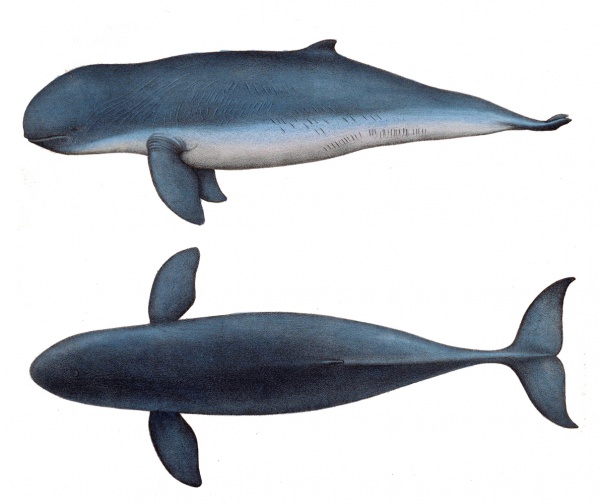Facts About Irrawaddy dolphin
The Irrawaddy dolphin is a captivating species that inhabits various regions of the Bay of Bengal and Southeast Asia, often frequenting coastal areas, estuaries, and rivers. This dolphin is distinctive because it can thrive in both saltwater and freshwater environments. It belongs to the Delphinidae family and is closely related to the Australian snubfin dolphin and the killer whale.
These dolphins can be easily identified by their grey to dark slate blue coloration, small rounded dorsal fin, and absence of distinctive patterns. They communicate using clicks, creaks, and buzzes, which assist them in echolocation. Their diet primarily includes bony fish, fish eggs, cephalopods, and crustaceans. One of their unique behaviors is herding fish by squirting water, and they are generally slow swimmers. Socially, they are usually observed in small groups of 2-3 individuals, although sometimes groups of up to 25 can be found in deeper waters.
Unfortunately, Irrawaddy dolphins face numerous threats. A major issue is accidental entanglement in fishing nets, leading to many fatalities. Other threats include noise pollution, habitat degradation, and capture for public aquariums.
Various conservation efforts are underway at both international and national levels to help protect these dolphins. Protected areas have been established, and bans on harmful fishing practices have been implemented. Community-based conservation projects also play a crucial role.
International agreements such as CITES and CMS provide protection to Irrawaddy dolphins. National efforts in countries like Cambodia, Bangladesh, Indonesia, and Thailand focus on habitat protection, research, education, and law enforcement to safeguard the species. The involvement of local communities and collaboration among different stakeholders are essential for the successful conservation of Irrawaddy dolphin populations in their natural habitats.

 Laos
Laos